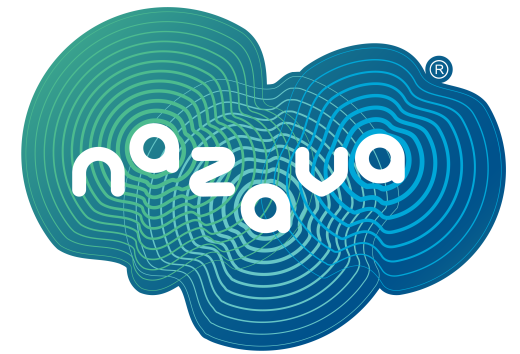Bacteria found in tap water include cryptosporidium, legionella pneumophila, rotifers, copepods and Escherichia coli, more commonly know as E. coli. Rotifers and copepods are commonly found in drinking water and may grow large enough to see with the human eye, but they are rarely harmful to humans. E. coli may legally exist in up to 5 percent of drinking water samples, according to Environmental Protection Agency standards.
Legionella pneumophila, the bacteria that causes Legionnaires’ disease, exists naturally in water but is often eradicated by filtration and water treatment techniques. Only in rare cases does legionella show up in drinking water. In 2015, an outbreak occurred in New York City due to contaminated water, infecting 127 people and killing 12.
Human and animal fecal waste are common sources of contamination by cryptosporidium, a single-celled organism. A person infected with cryptosporidium may experience symptoms such as diarrhea, vomiting and cramps. Modern filtration and water treatment techniques filter approximately 99 percent of this bacteria from drinking water.
It is also possible to find the bacteria anabaena circinalis and salmonella enterica in tap water, as well as the mold spores of Chaetomium and rhizopus stolonifer, which is more commonly known as black bread mold.

Leave A Comment